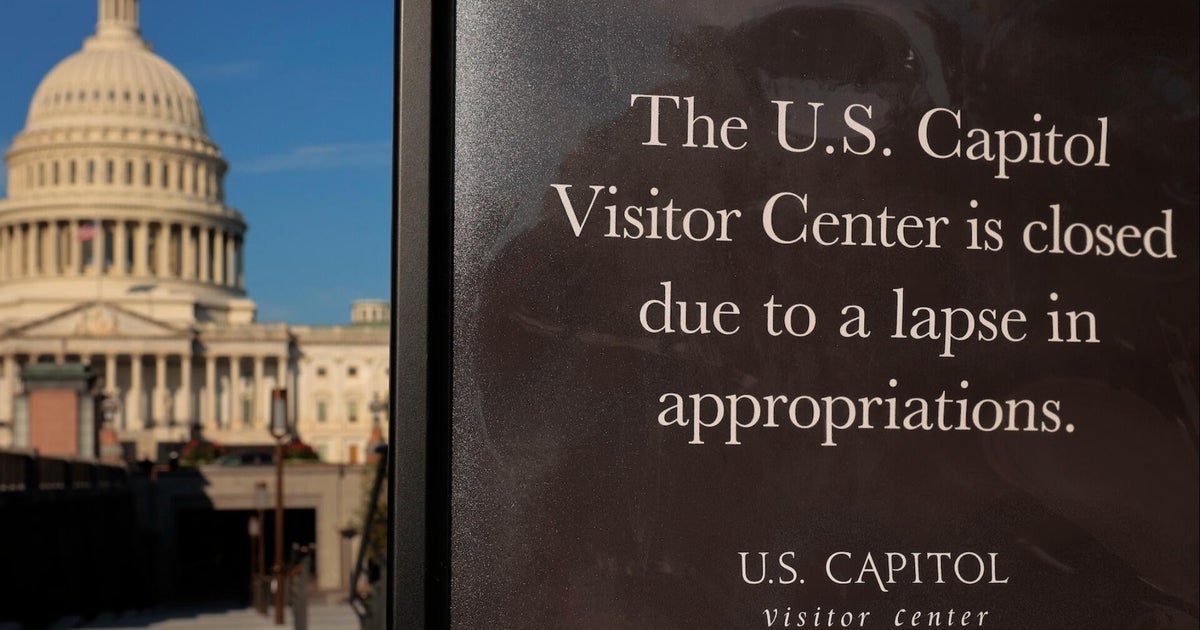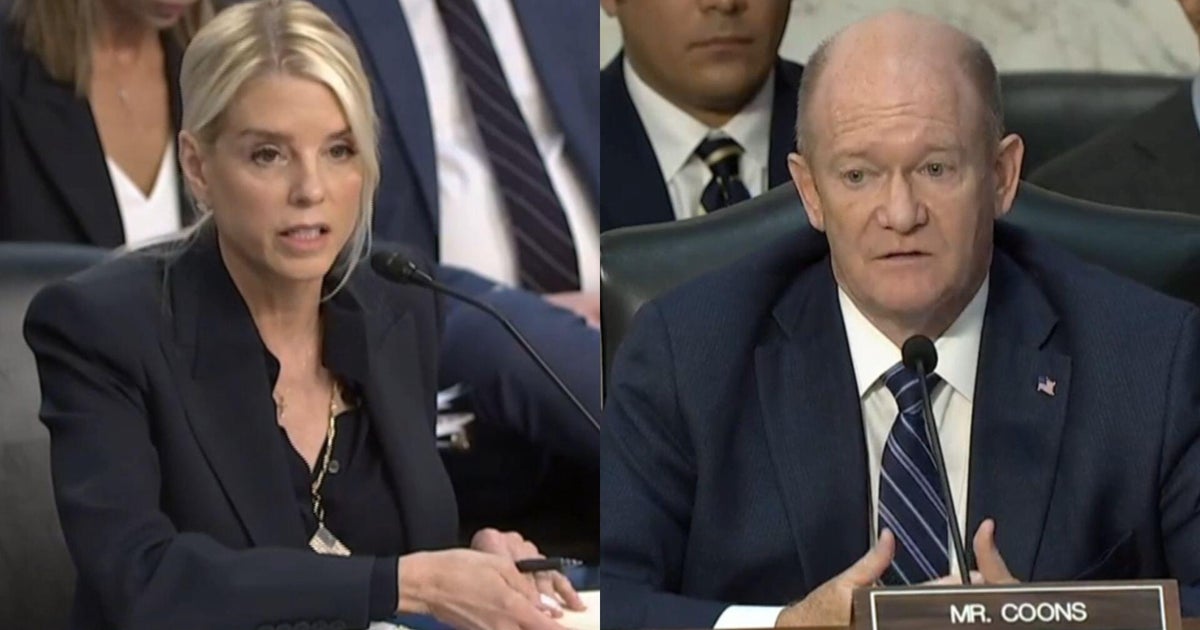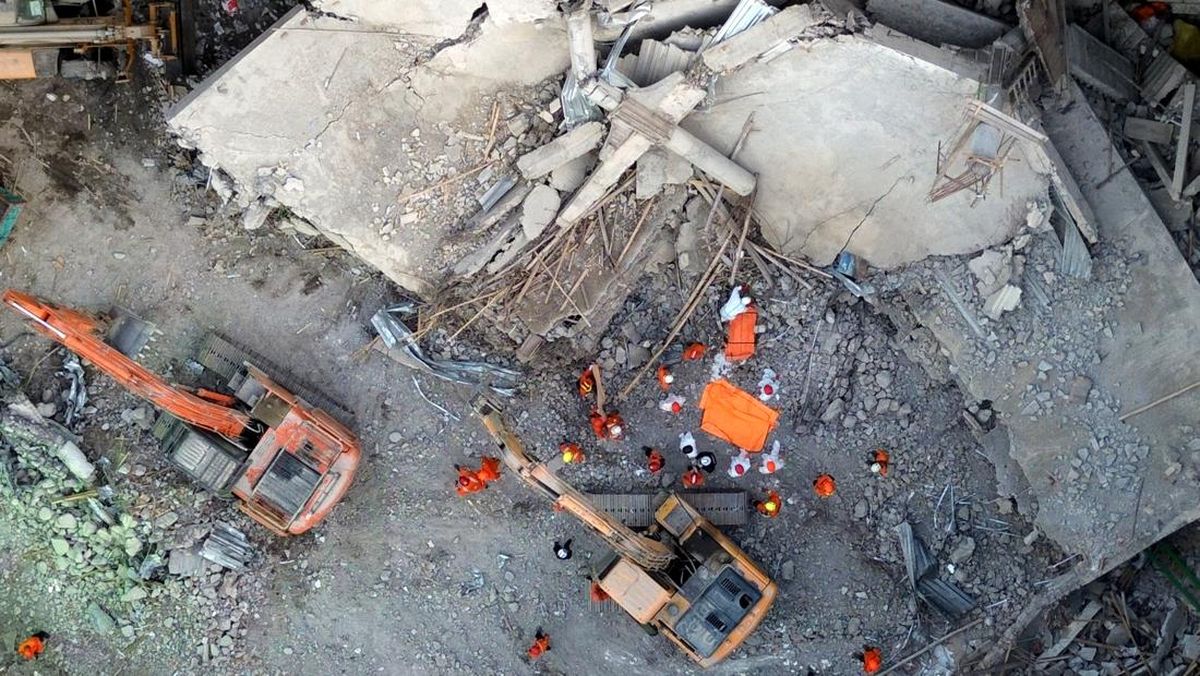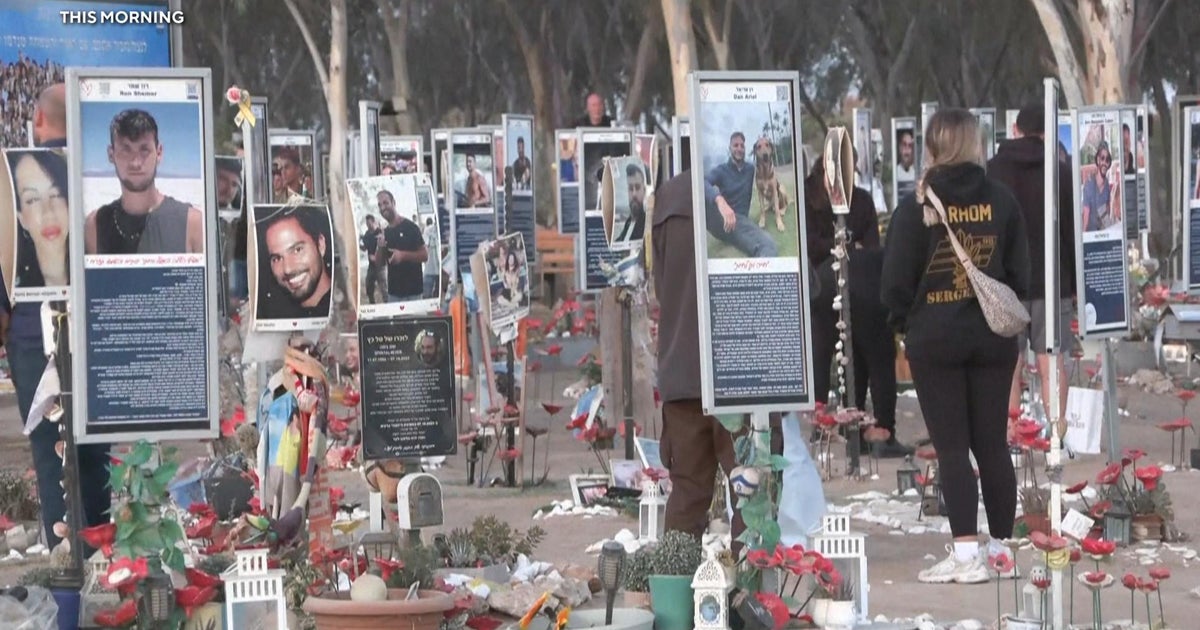October 1, 2025 — 12:00am
High up, in a niche of the towering limestone cliff, a giant house made of mud and stone stands seemingly inaccessible from the valley floor.
To call Montezuma Castle a house is underselling it somewhat, however. This 20-room, five storey cliffside dwelling was once home to a small community – but one that disappeared before written records of the south-western United States began. For about three hundred years, it belonged to a Native American group that vanished without ever leaving their name.

Visiting Montezuma Castle in Arizona’s Verde Valley is an exercise in wonder, mystery and intrigue. It’s the sort of place that triggers a thousand questions, with very few of the answers being confidently exact.
The name doesn’t help. It’s not really a castle, and it has nothing to do with the Aztec emperor. It came from 19th century explorers who were somewhat obsessed with the Aztecs and gave the Mesoamerican civilisation credit for works in areas they’d never got close to.
Instead, Montezuma Castle was created by a group later known as the Sinagua people. Again, this name comes from a well-meaning outsider – the founder of the Museum of Northern Arizona, Harold Colton. He took it from the name Spanish explorers gave to the San Francisco Peaks – “la sierra sin agua” – further north.

No Native American group ever went by that name, and no neighbouring Native American group ever referred to the builders of Montezuma Castle as the Sinagua. There’s also no conclusive proof of what happened to the people latterly dubbed the Sinagua when they suddenly left the Verde Valley in, approximately, 1425. Some clans among the Hopi people, however, regard them as ancestors who decided to move further north into what is now primarily Hopi territory.
What we do know is that Montezuma Castle was constructed in phases between the 1130s and early 1400s. The tree trunks sticking out of the cliff were clearly used as beams to support the structure, and access came via a series of long-gone ladders.
It is believed that each family had its own room, and the community was around 50 strong. However, it was just one settlement in a string of around 40 Verde Valley villages. Between 6000 and 8000 people are believed to have lived here.
While walking along the 550-metre loop trail, the whys become as fascinating as the whos. Why build the homes high into the rock in the first place?
The museum-like displays in the visitor centre offer up some explanations. Building into the cliff meant fewer construction materials were needed for walls and roofs, while the south-facing location meant it was shaded from the summer heat while sun-warmed in winter.

There was also the issue of land. Having a home in the cliff meant there was more land by Beaver Creek for farming corn, squash and cotton – which was traded with other tribes for hundreds of kilometres around.
But the big why without a convincing, certain answer is why the builders of Montezuma Castle suddenly left and disappeared. Plausible theories include drought and the muscling in to nearby territory by other Native American groups, notably the Yavapai people.
The Hopi clans that claim the so-called Sinagua as ancestors believe religious reasons were behind the departure. There’s also the possibility that the Sinagua merged into the Yavapai and Apache groups.

The not knowing is part of Montezuma Castle National Monument’s allure. Staring up at the remarkably well-preserved orange complex in the cliff face makes the brain whirr. A micro-civilisation arrived, thrived and disappeared before Europeans came onto the scene, but left behind a remnant so striking, it leaves visitors begging to discover more.
The details
Visit
The site is around a 90-minute drive north of Phoenix or 35 minutes south of Sedona. Montezuma Castle National Monument is managed by the National Park Service, with entry costing $US10 ($15). See nps.gov
Fly
United offers one-stop flights from Melbourne and Sydney to Phoenix, changing planes in Los Angeles. See united.com
Stay
Rooms at the red rock-surrounded El Poco Diablo Resort in Sedona cost from $179, room only, including taxes and resort fee. See pocodiablo.com
The writer was a guest of the Arizona Office of Tourism. See visitarizona.com
Sign up for the Traveller Deals newsletter
Get exclusive travel deals delivered straight to your inbox. Sign up now.
David Whitley is a writer based in Sheffield, England, who has made it his mission to cover as much of Australia as possible. He has a taste for unusual experiences and oddities with a great story behind them. As far as David’s concerned, happiness is nosily ambling around a history-packed city or driving punishing distances through the middle of nowhere on a big road trip. He is also probably the only person to have been to Liechtenstein and the Cook Islands in the same week.



















































